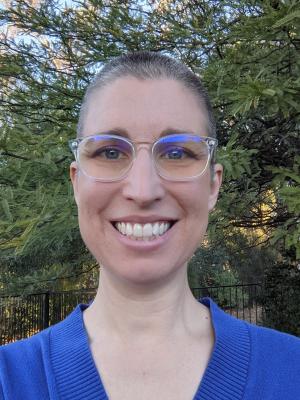We’re Stronger Together
With your help, we can advance education and improve student success in our community.


Associate Professor, Communication Sciences and Disorders
With your help, we can advance education and improve student success in our community.